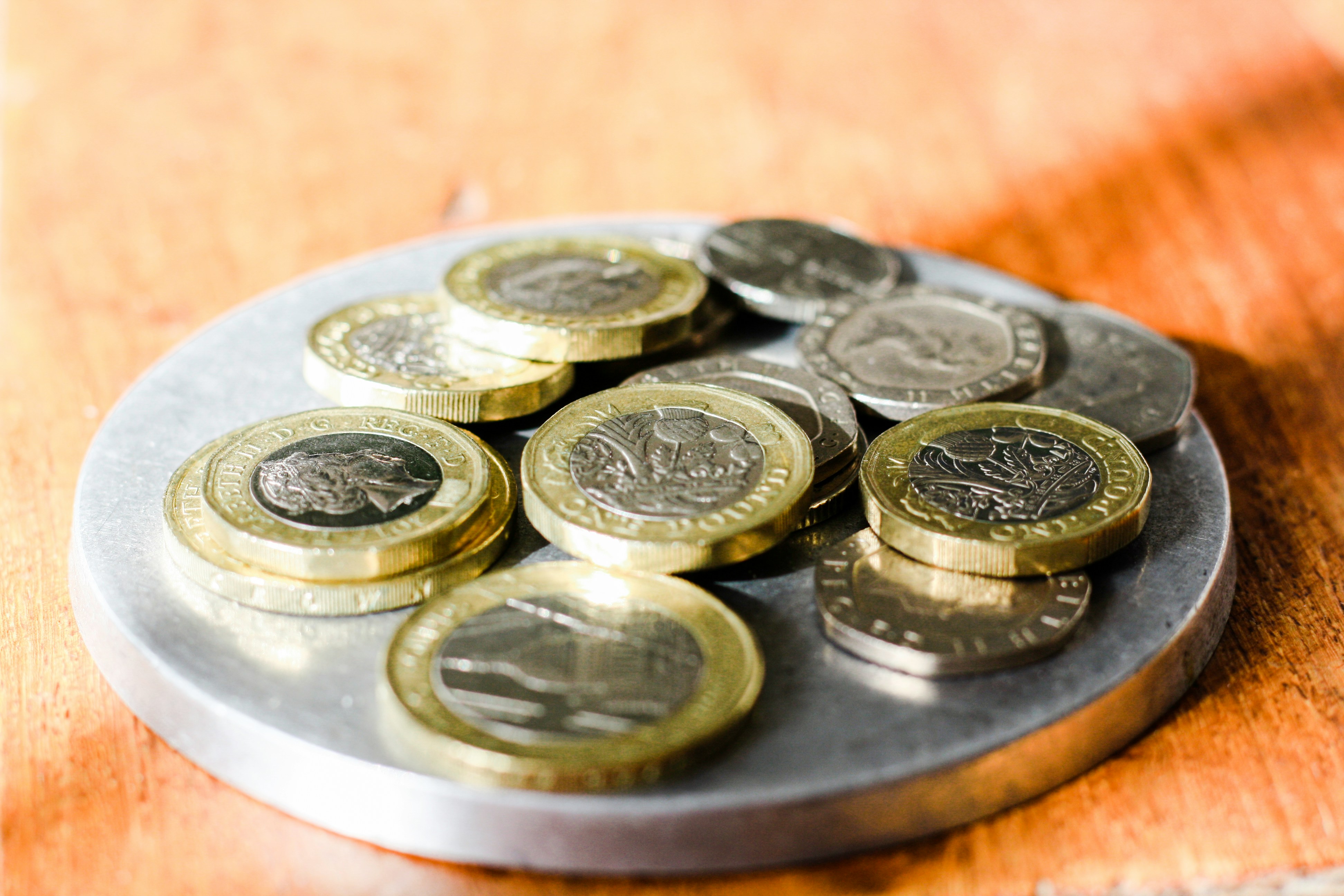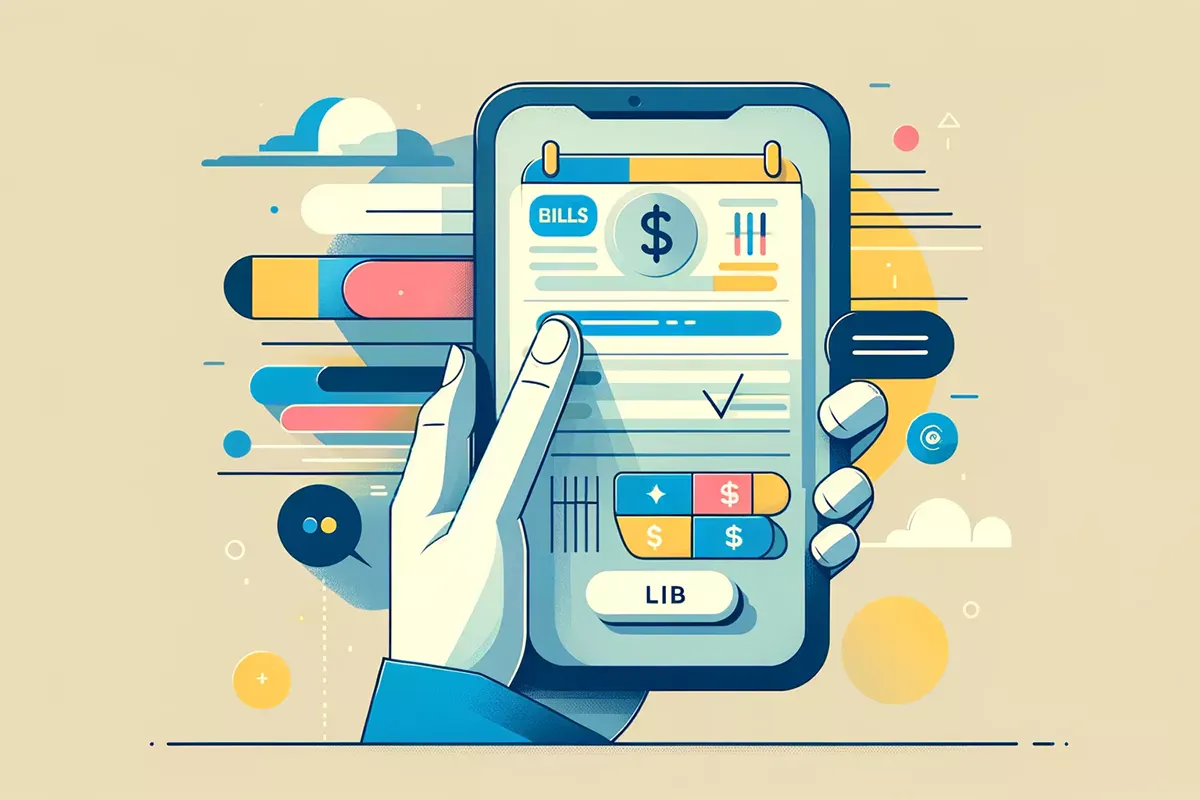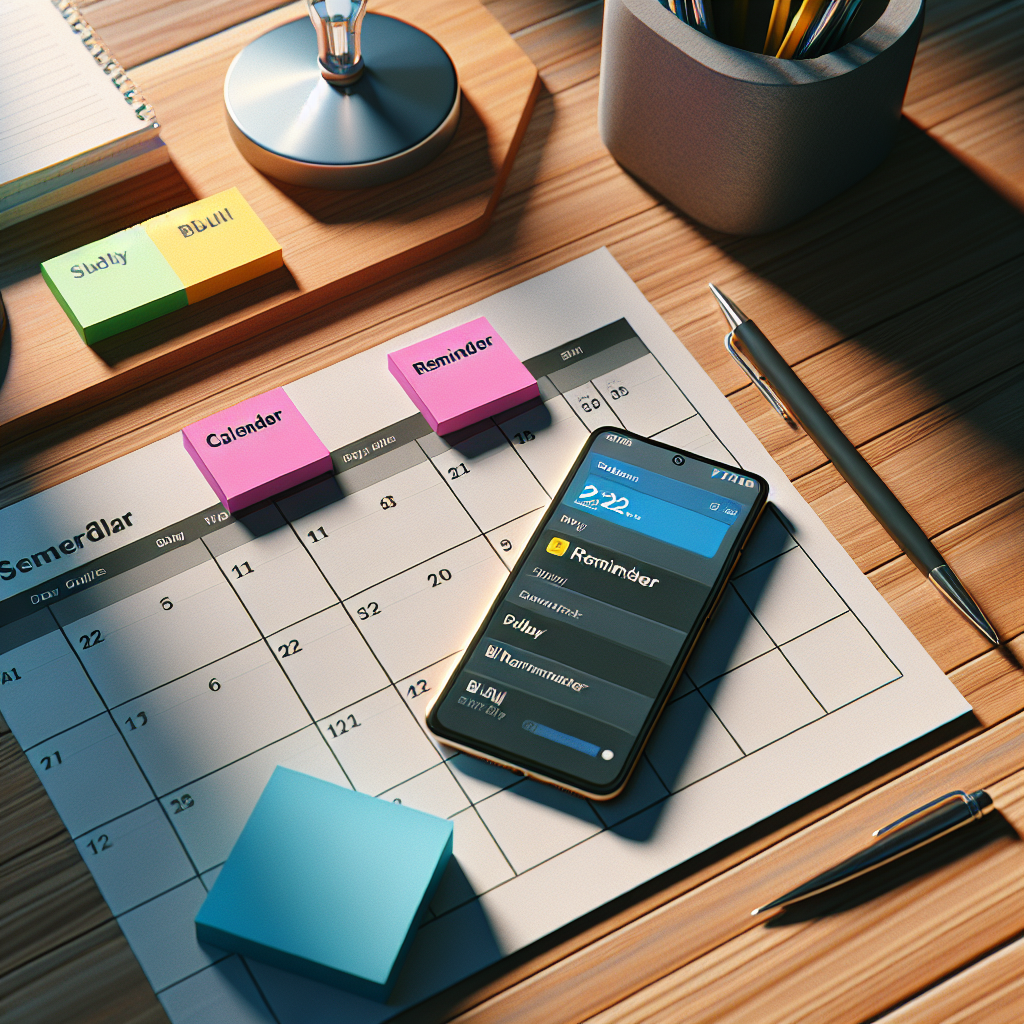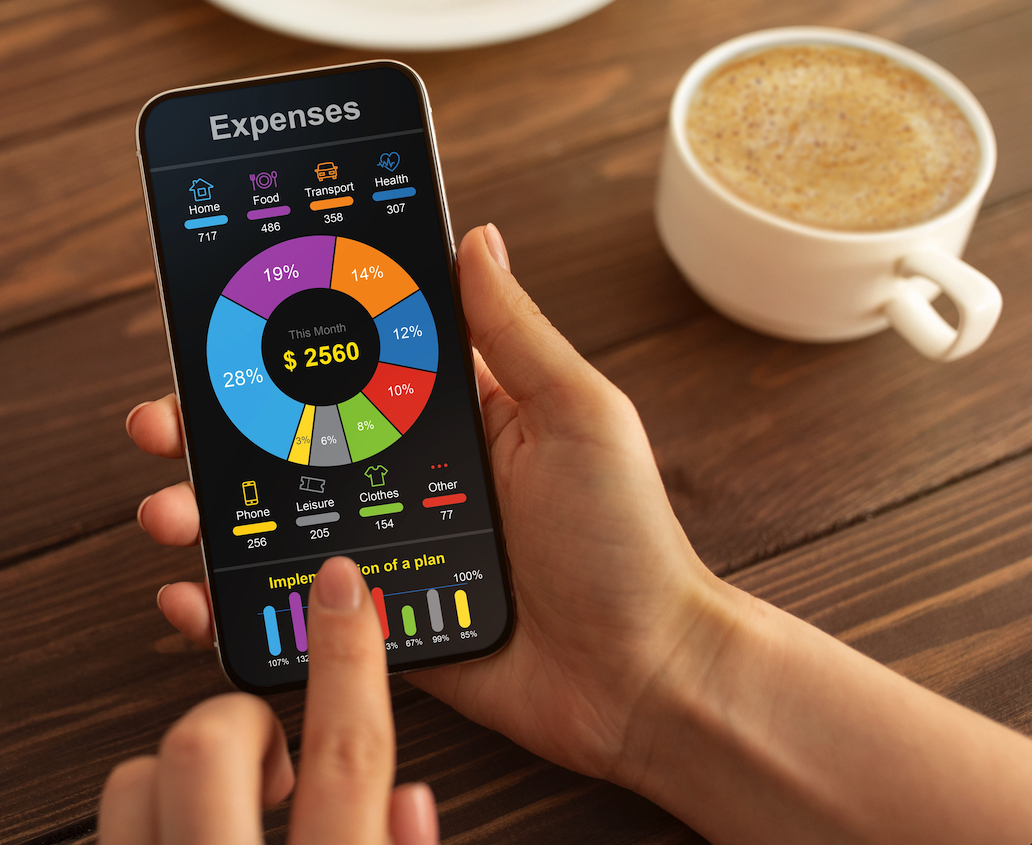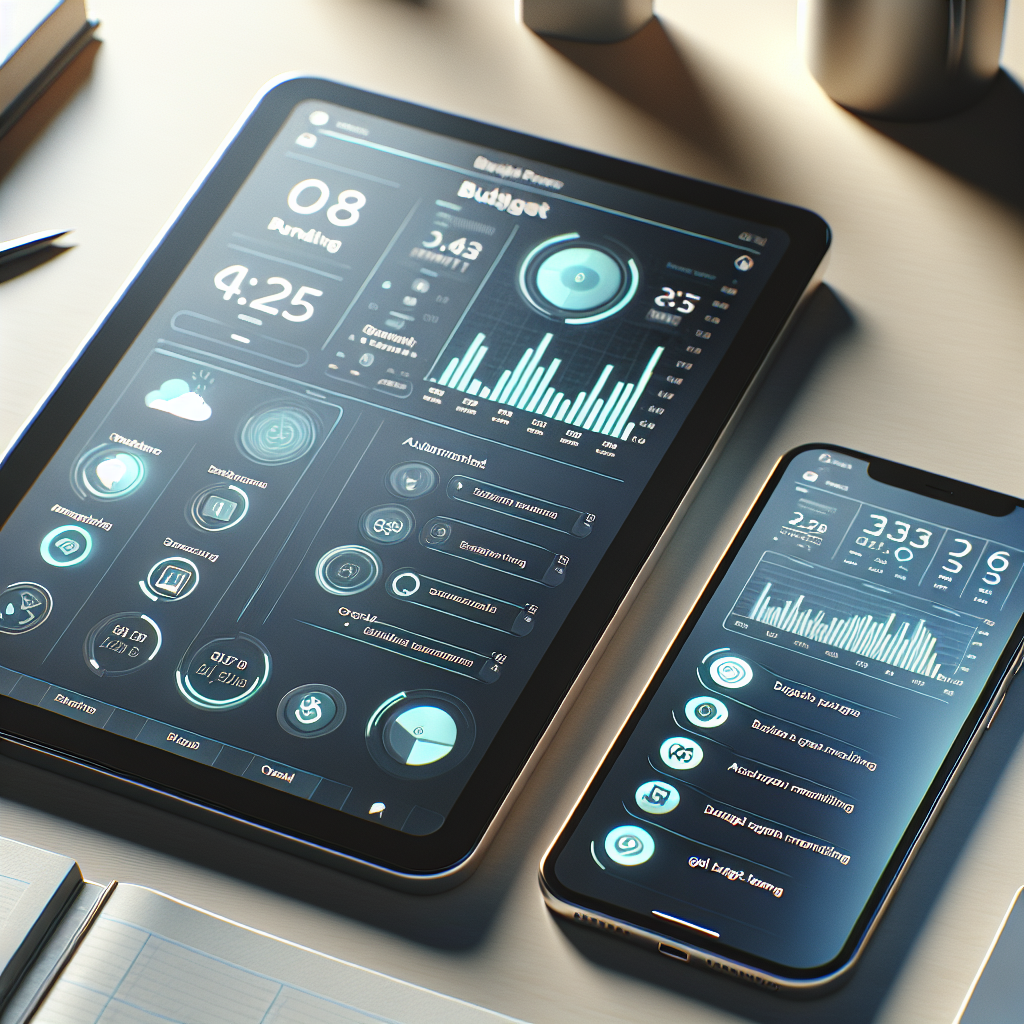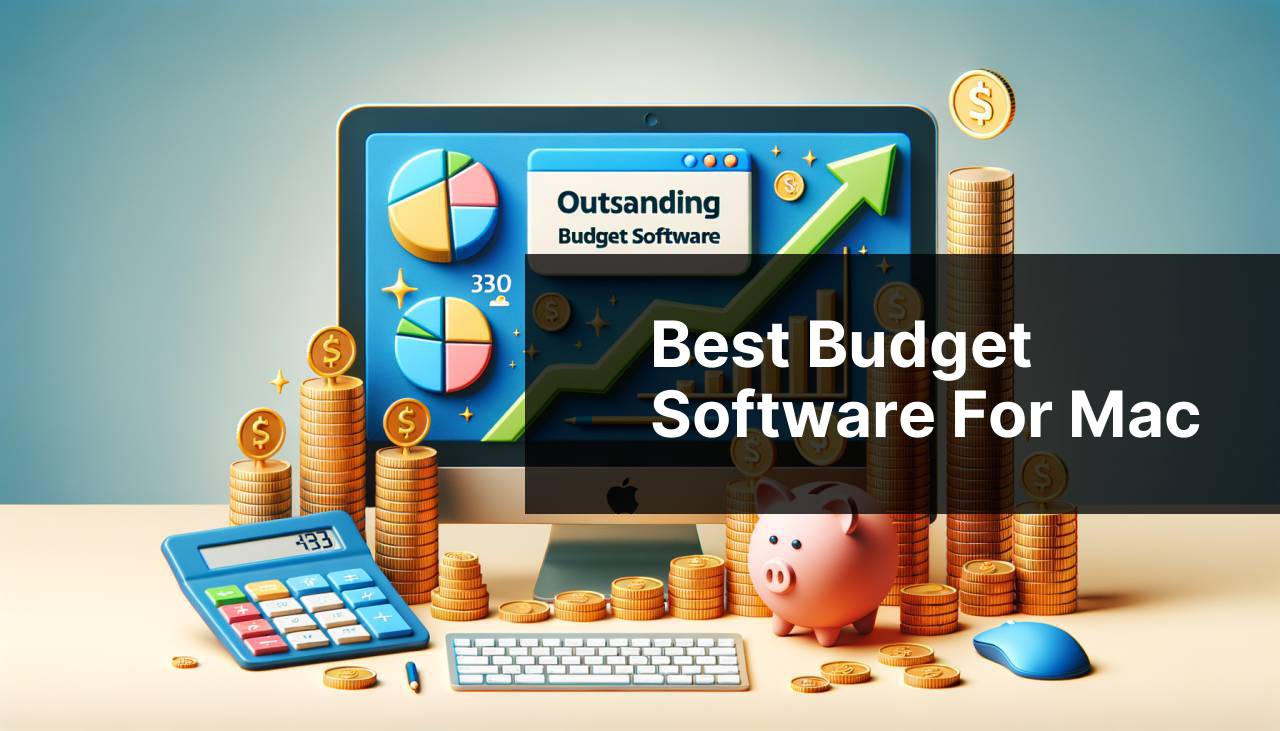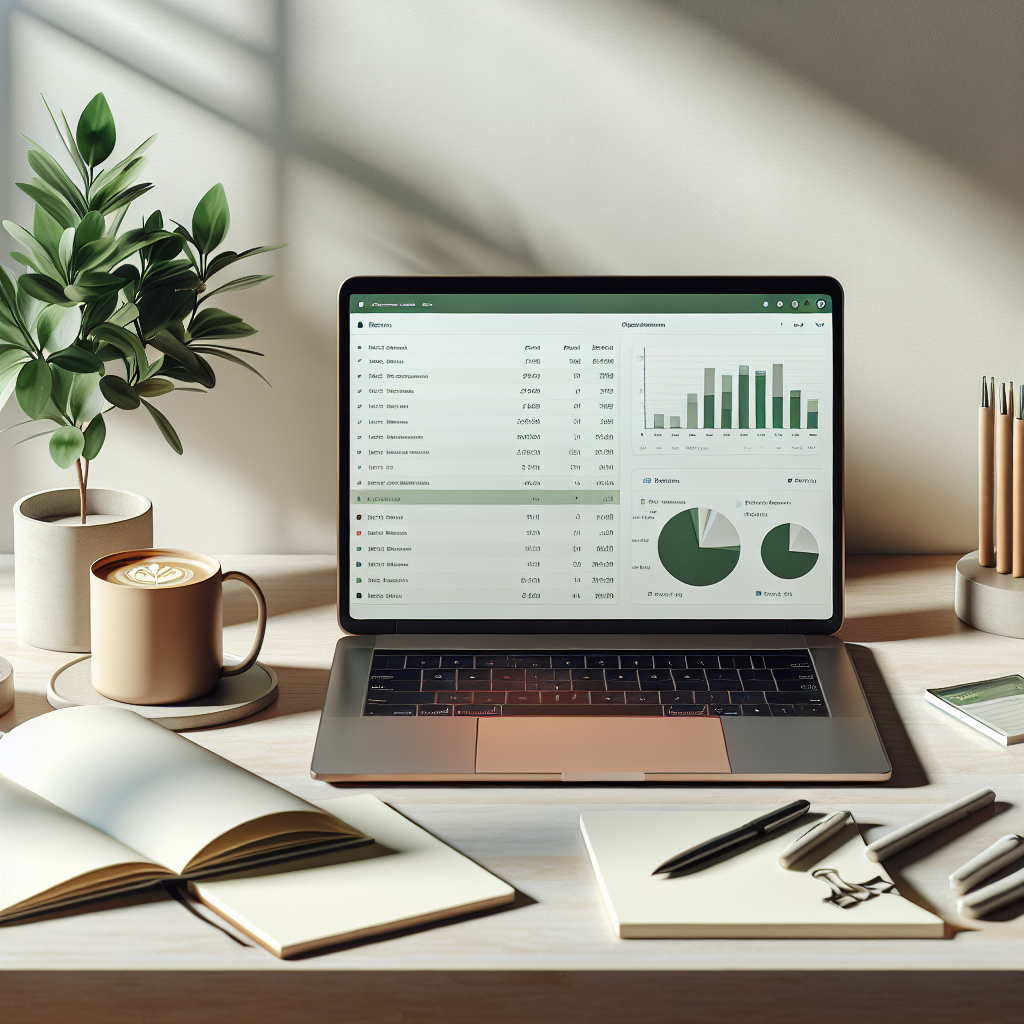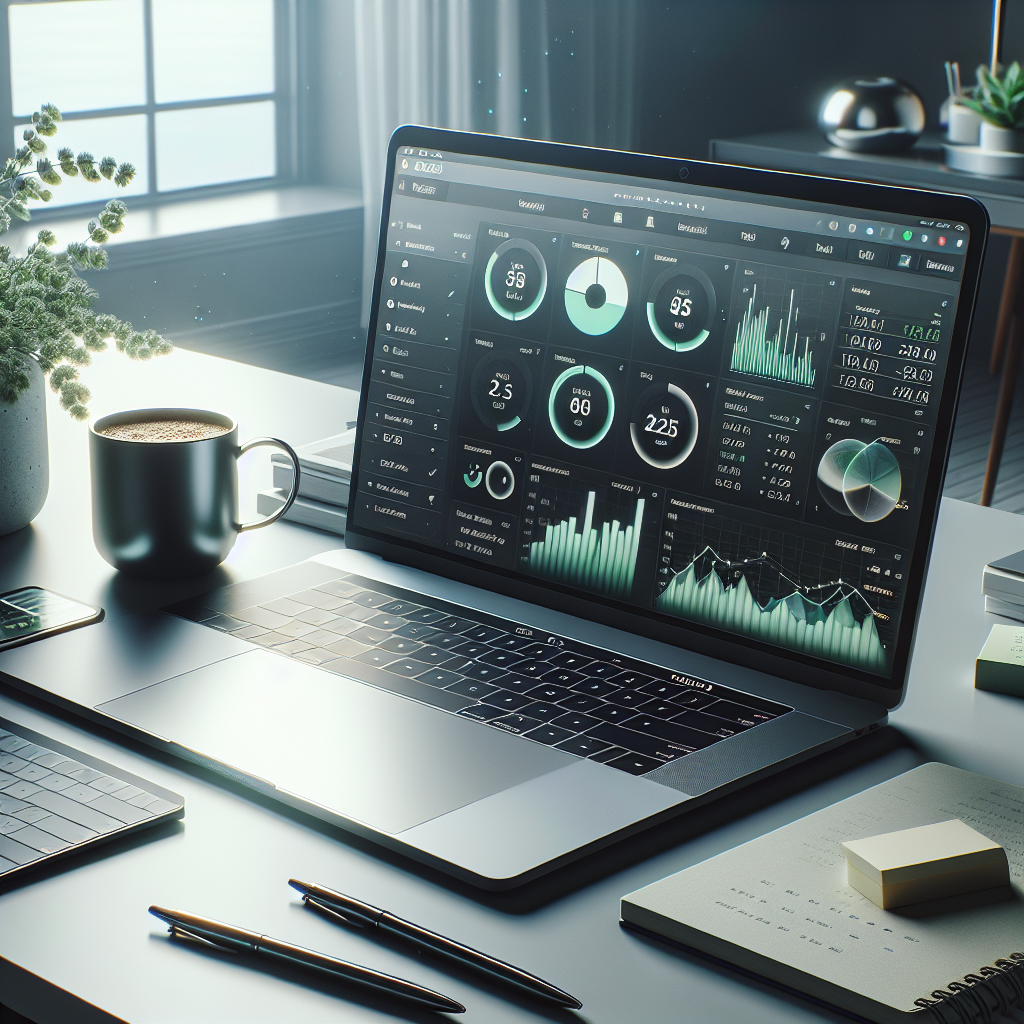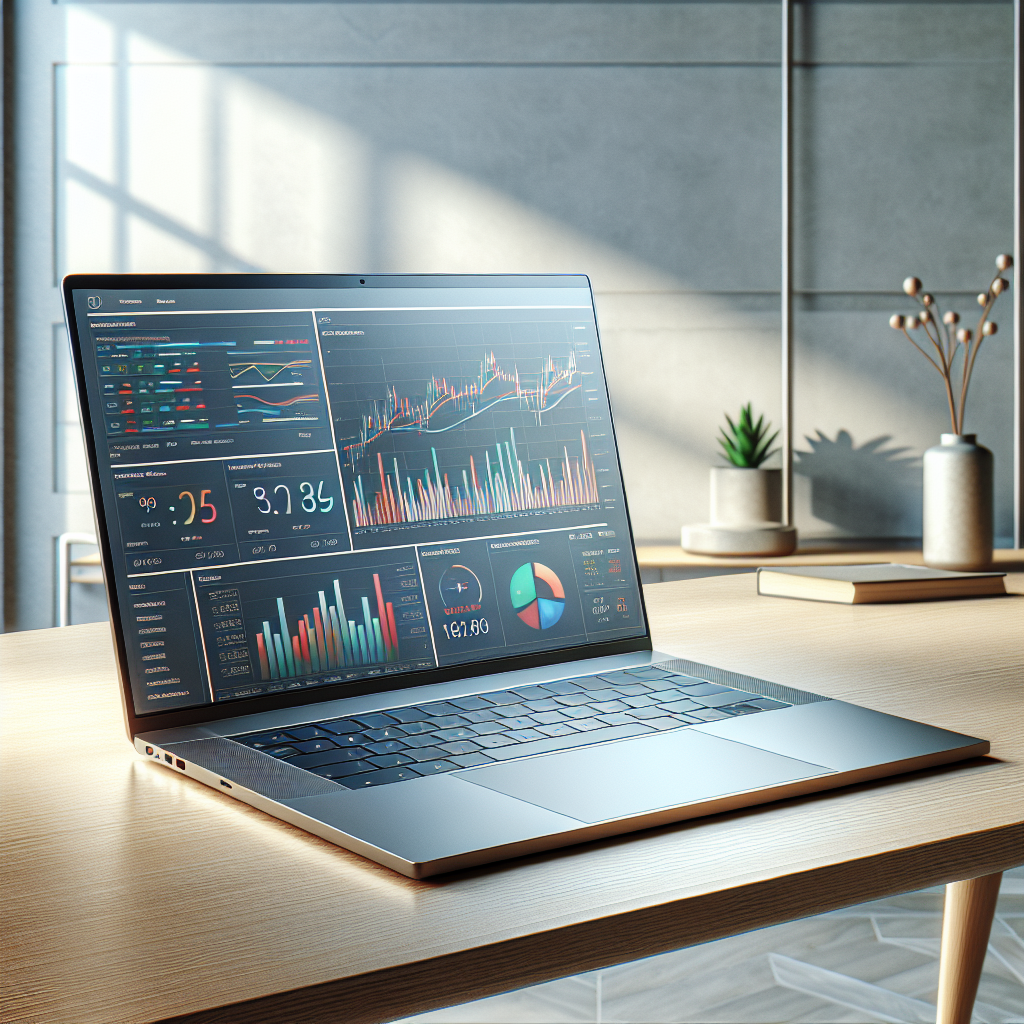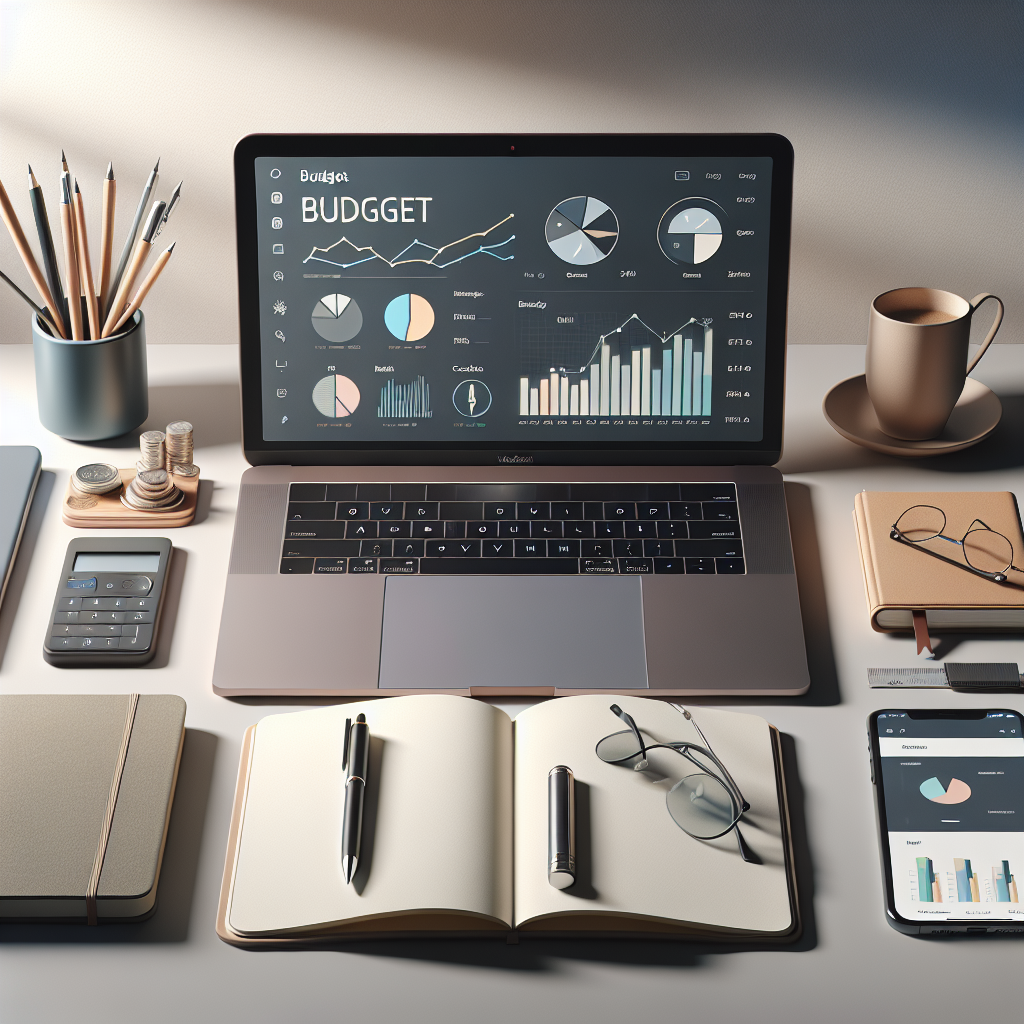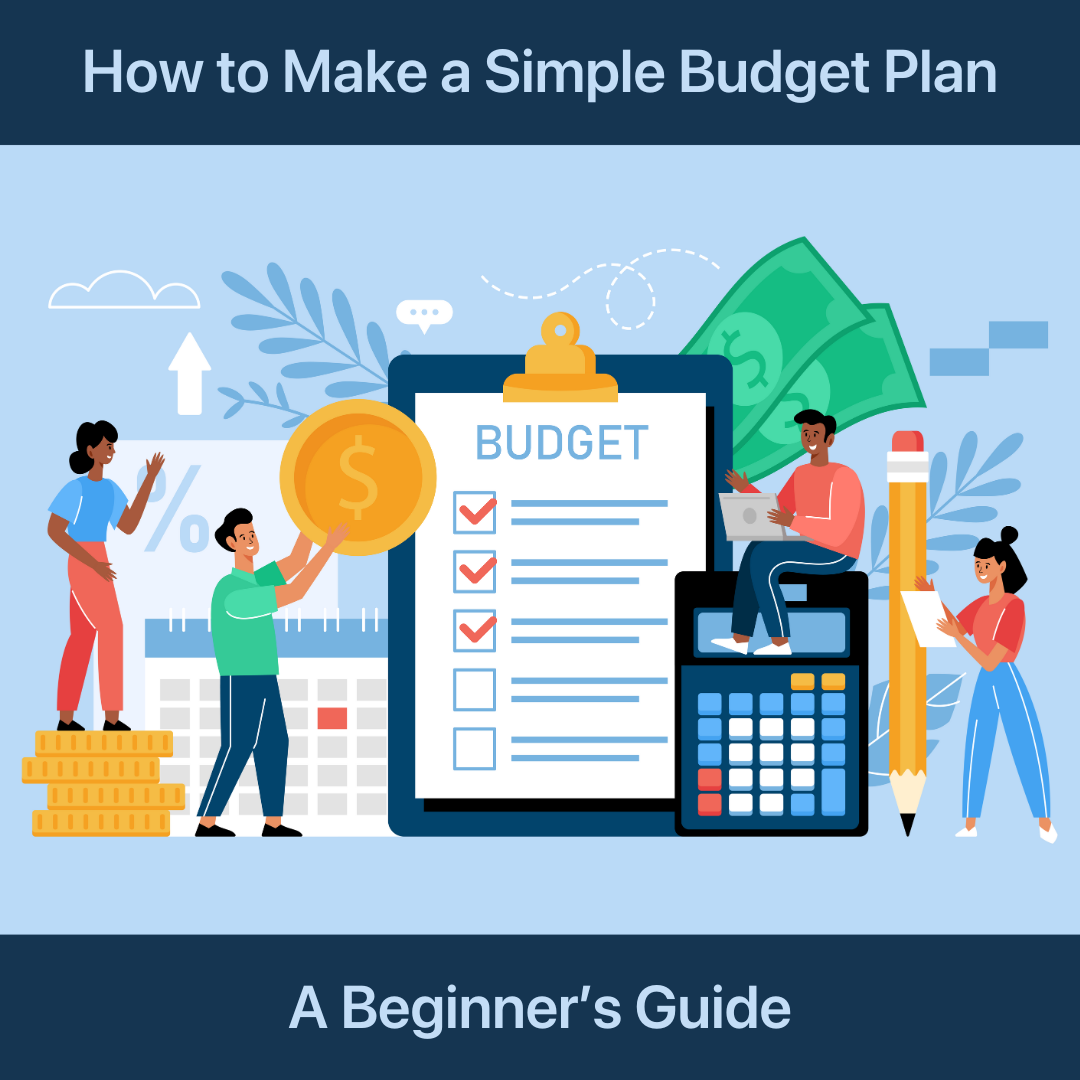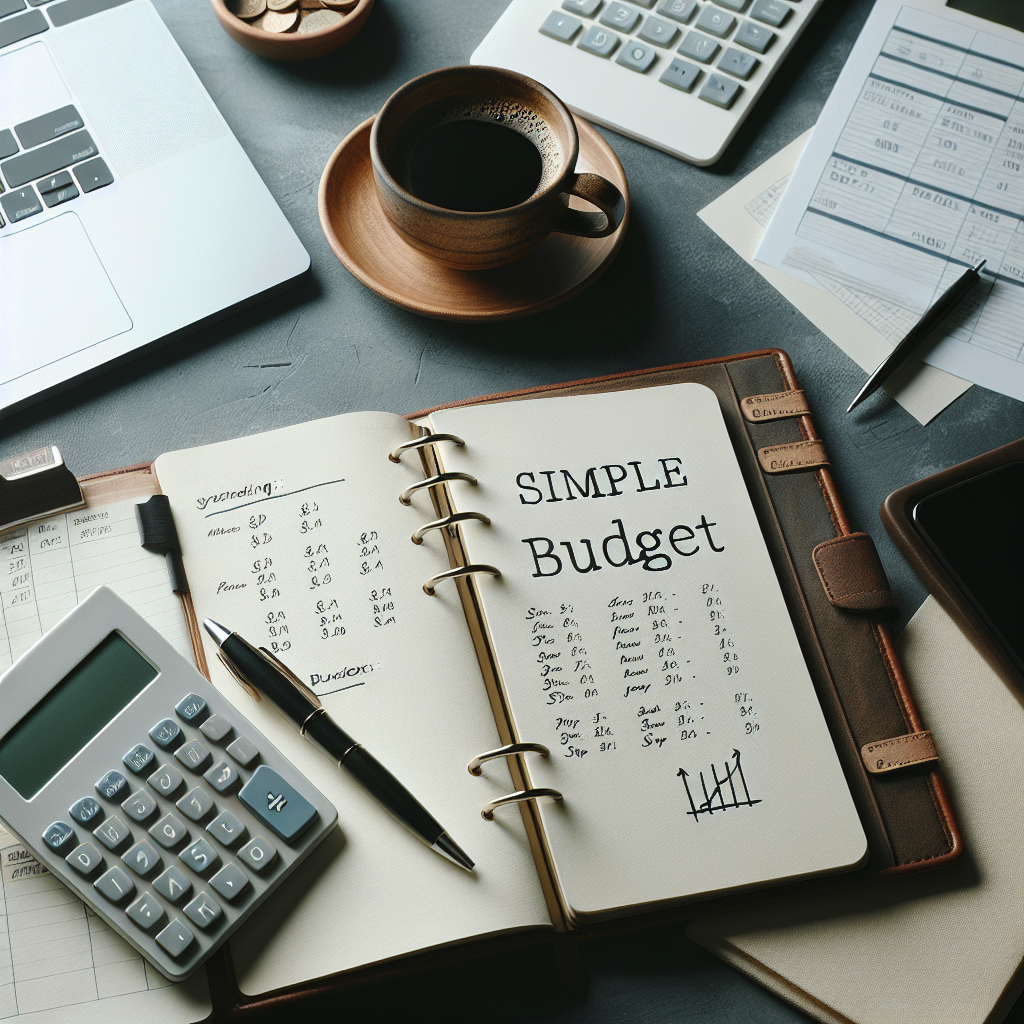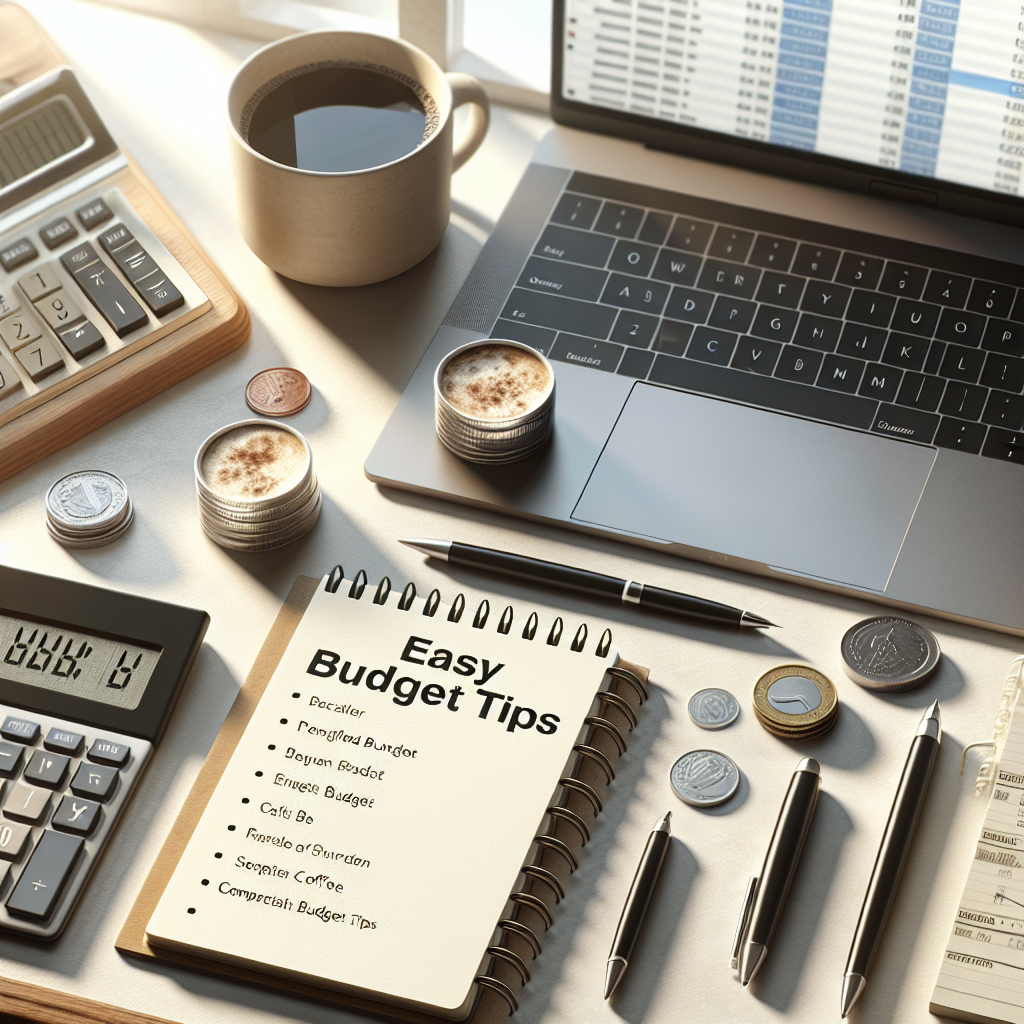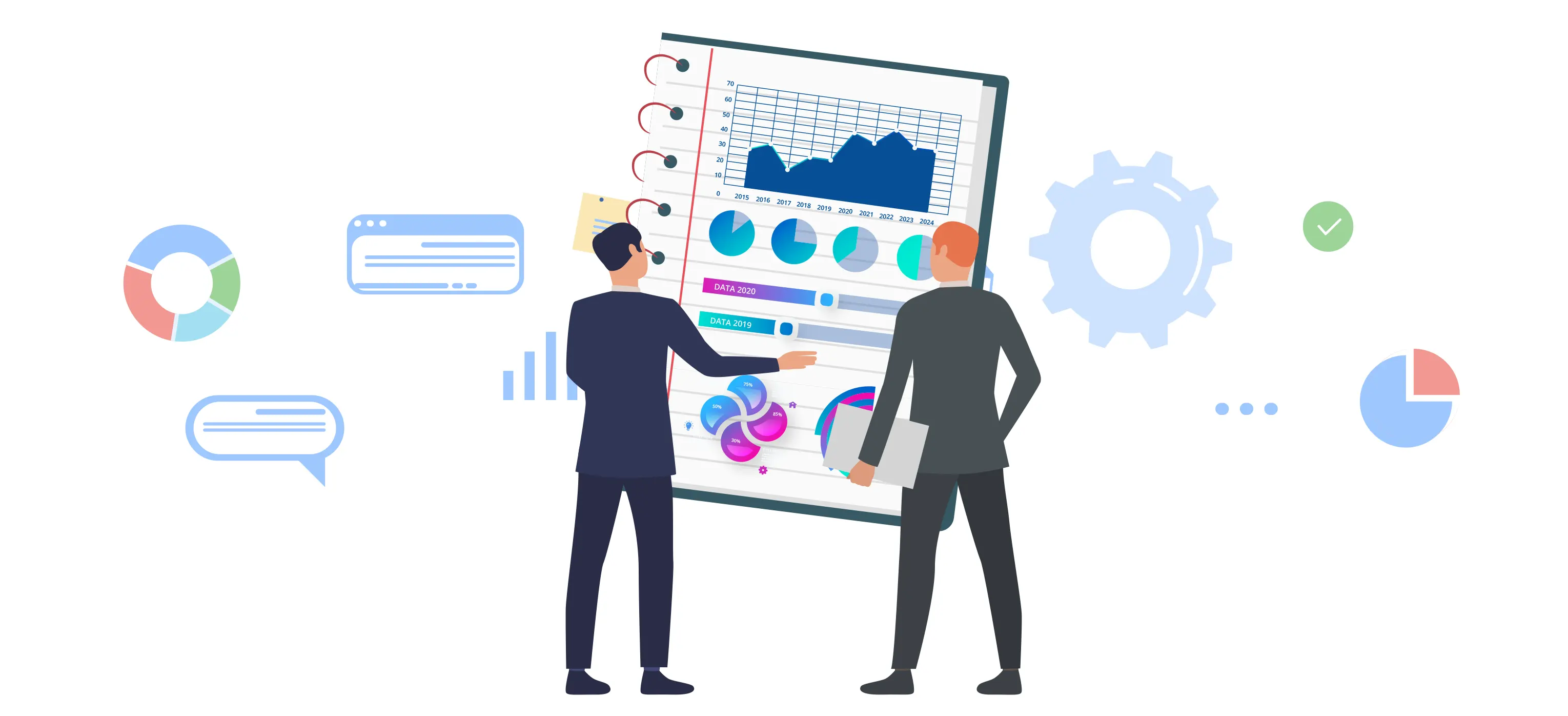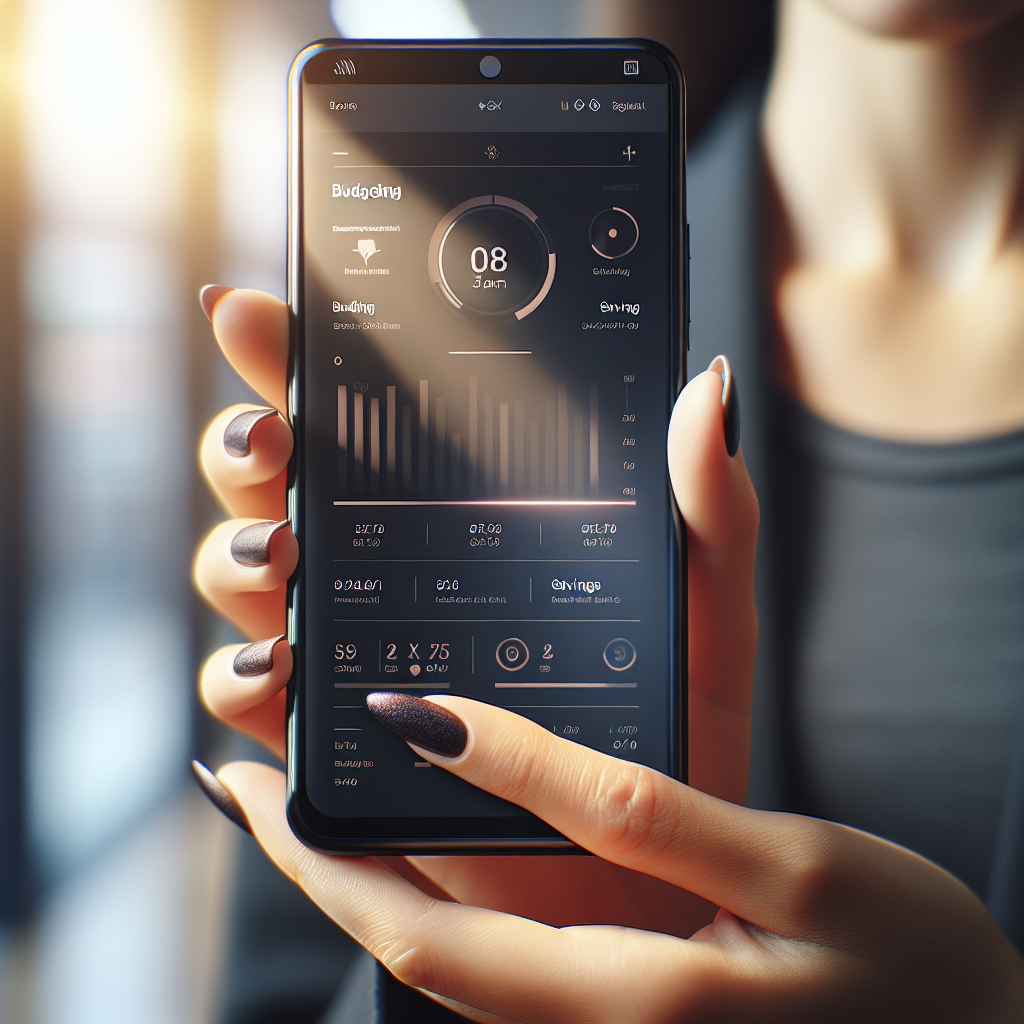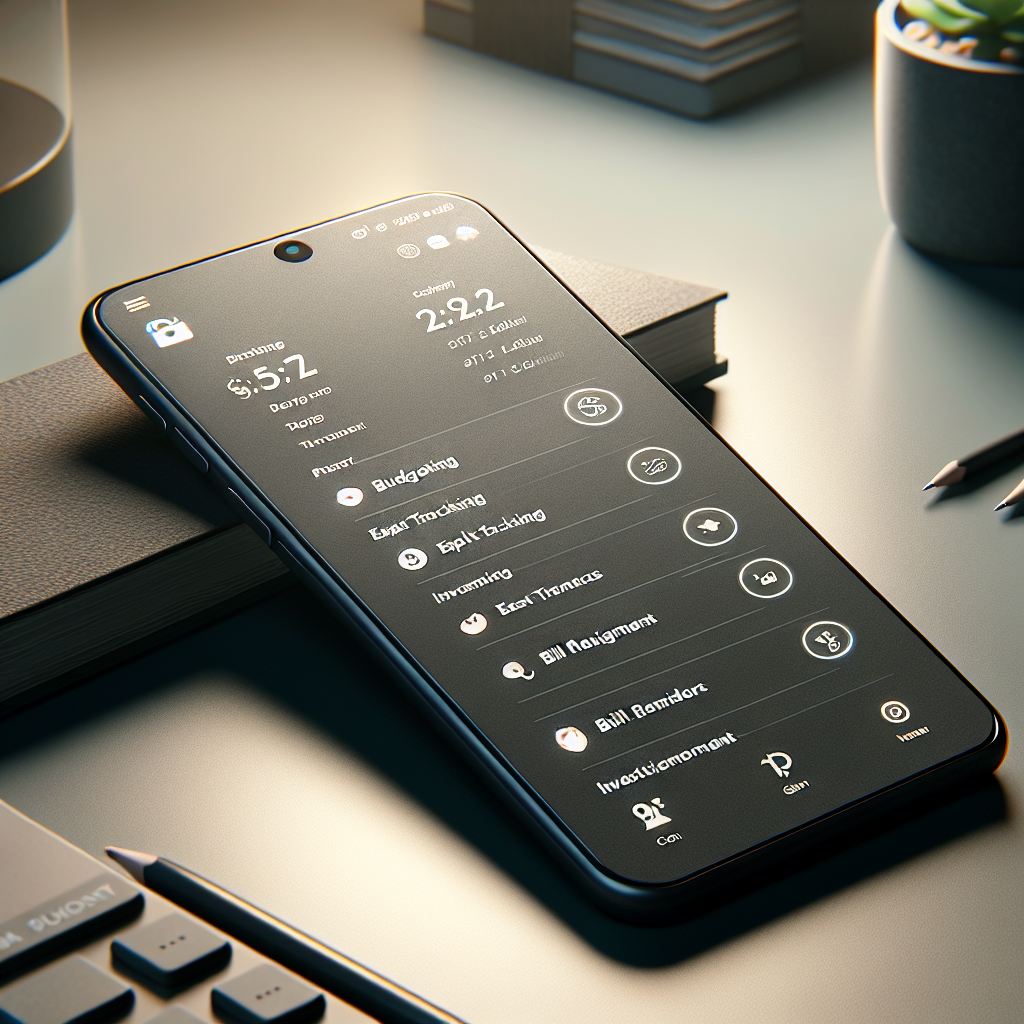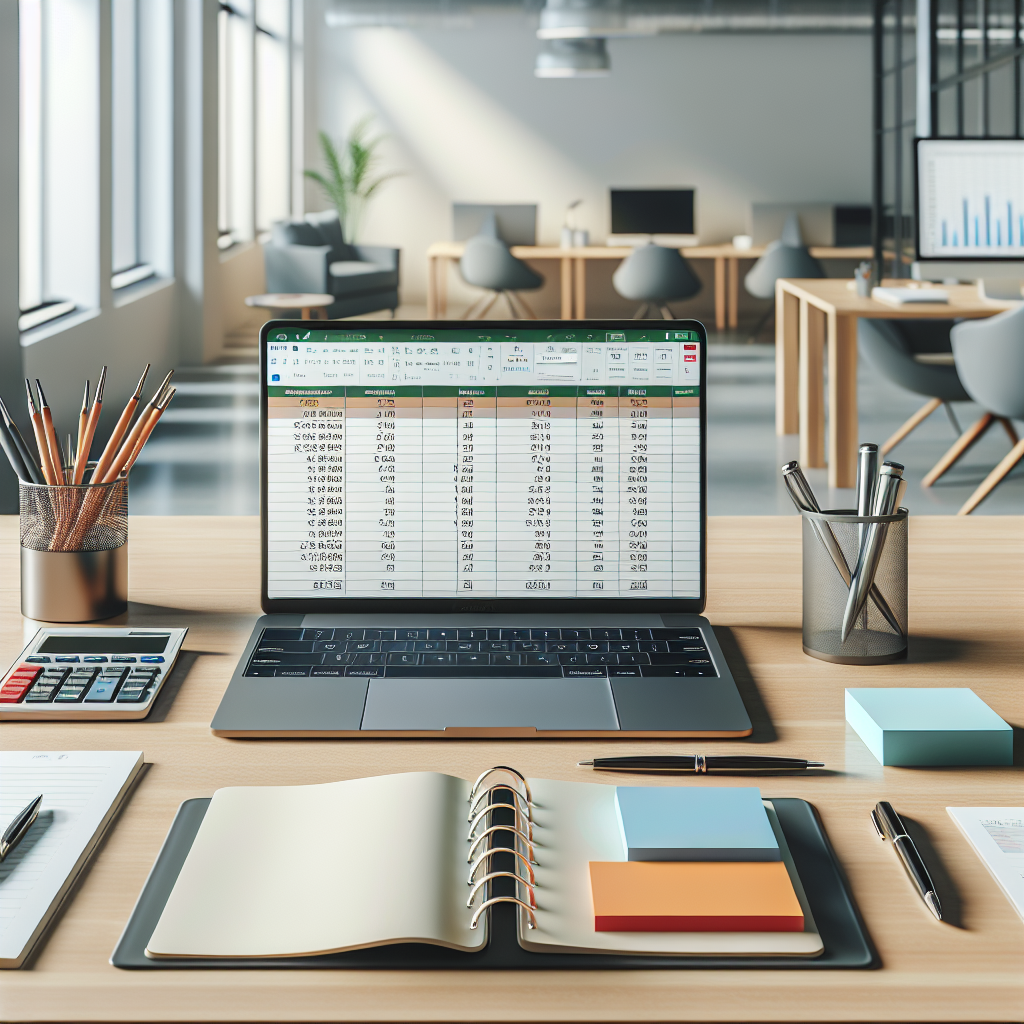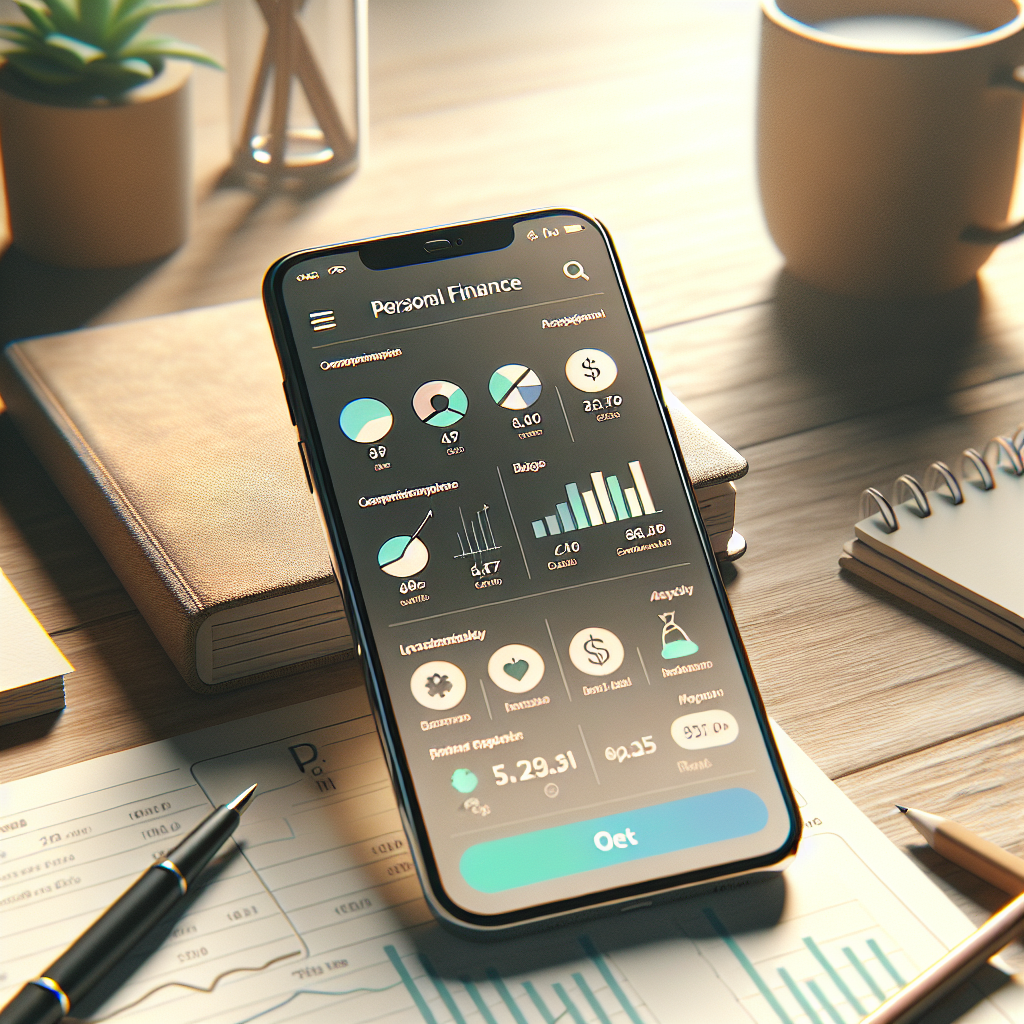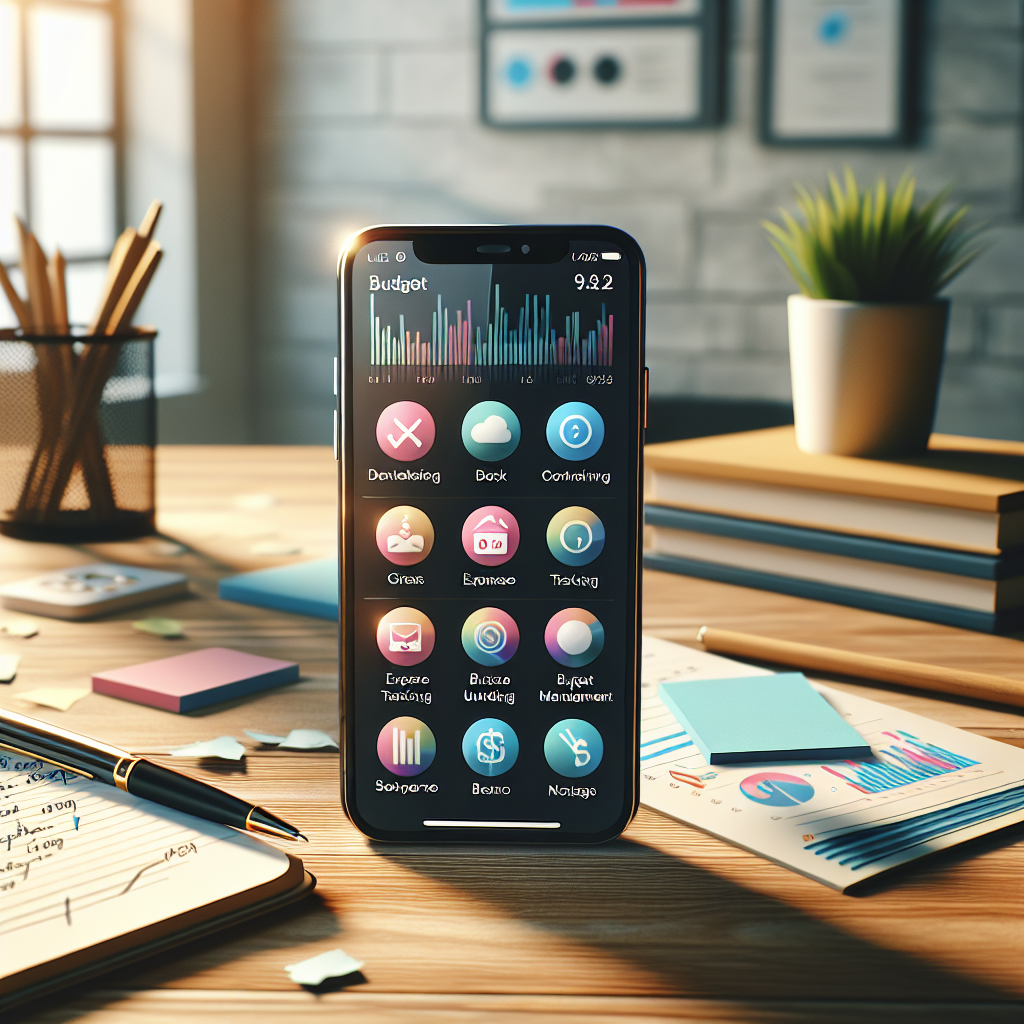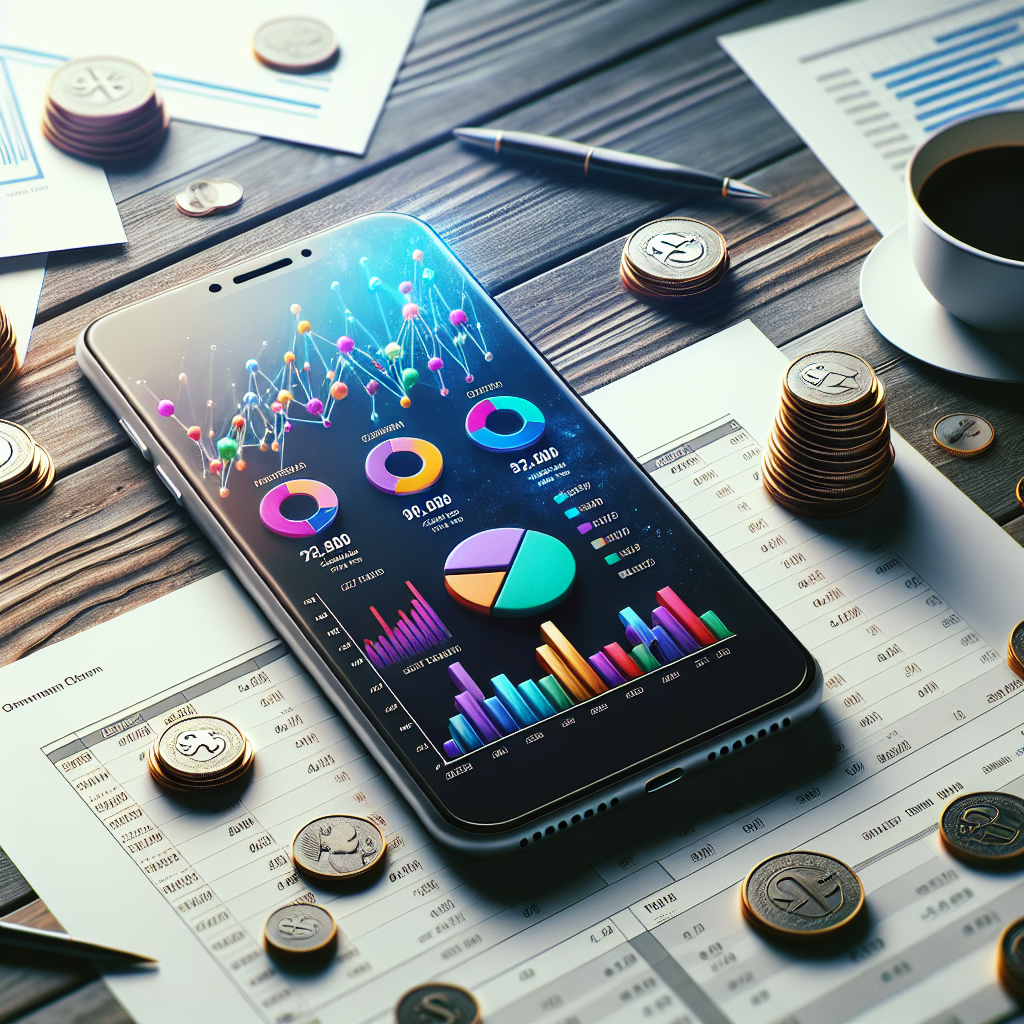Innovative solutions like Master Round Up Savings App: Your Ultimate Savings Guider making it easier for individuals and small businesses to save money effortlessly. But what exactly is round savings?
Round up savings is a simple yet powerful concept where your everyday purchases are rounded up to the nearest dollar, and the difference is automatically saved. For instance, if you buy a coffee for $2.75, the amount is rounded up to $3.00, and the extra $0.25 is deposited into your savings account. This method allows you to save small amounts consistently, which can accumulate significantly over time without you even noticing.
One of the key advantages of round savings is its ability to promote a consistent saving habit. By rounding up every purchase, you are essentially saving money every time you spend. This can be particularly beneficial for those who find it challenging to set aside a lump sum of money each month.
Furthermore, integrating round savings into your financial routine can be a seamless process. Many financial technology platforms, like Vala, offer features that automate this process, ensuring that saving money becomes a hassle-free part of your daily life.
Ready to take control of your finances and experience effortless savings?Download Vala today and start managing your budget with ease!
How Round Up Savings Work
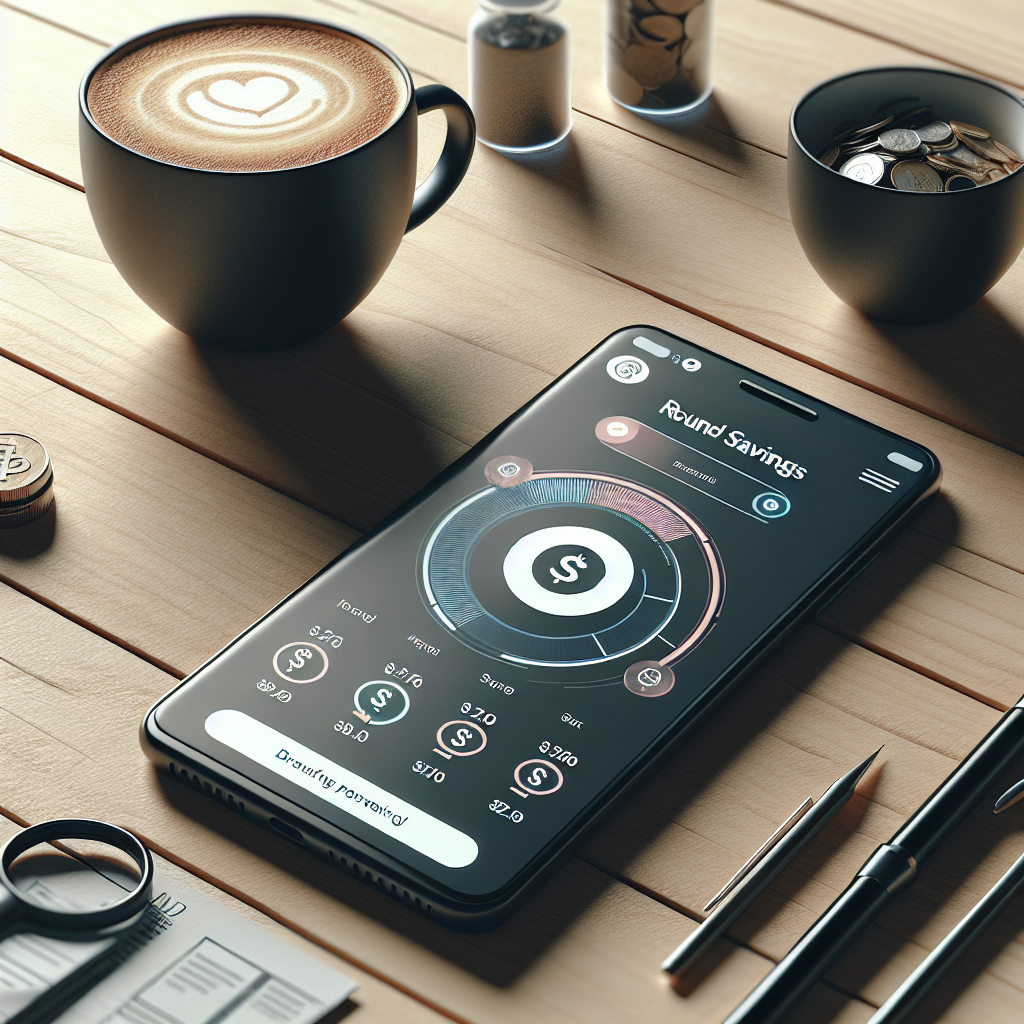
Understanding how round savings work is crucial to leveraging this innovative approach to bolster your financial health. The process is straightforward and involves a few key steps:
1. Linking Your Accounts: To begin with, you need to link your checking account or credit card to a round savings program. This connection allows the system to track your transactions seamlessly.
2. Rounding Up Transactions: Each time you make a purchase, the amount is rounded up to the nearest dollar. For example, if you spend $4.45 on a snack, it will be rounded up to $5.00.
3. Transferring the Difference: The difference between the actual transaction amount and the rounded-up amount (in this case, $0.55) is then transferred to your designated savings account. This small increment might seem negligible, but it adds up over time.
4. Accumulating Savings: As these small amounts are continuously saved with each transaction, your savings grow without requiring significant effort or conscious budgeting. This method takes advantage of the psychological principle of ‘small changes leading to significant results’ over time.
Round savings work best when integrated into your daily spending habits. By automating the process, you remove the burden of manual saving, making it a natural and consistent part of your financial routine. It’s an effortless way to build an emergency fund, save for specific goals, or simply create a financial buffer without feeling the pinch.
Benefits Of Round Up Savings

Adopting round up savings can significantly enhance your financial well-being through several key benefits:
1. Effortless Saving: One of the primary advantages of round savings is its effortless nature. Since the process is automated, you save small amounts without even thinking about it, making it a perfect solution for those who find traditional saving methods challenging.
2. Psychological Impact: The concept of rounding up transactions leverages behavioral psychology. By saving small, seemingly inconsequential amounts, you avoid the mental barrier often associated with larger, more deliberate savings efforts. Over time, these micro-savings accumulate, providing a sense of achievement and financial security.
3. Consistent Growth: The regularity of saving with each transaction ensures that your savings grow consistently. This can be especially beneficial for individuals who struggle with irregular saving habits. The incremental approach guarantees that you are always making progress, even on a day-to-day basis.
4. Financial Cushion: Round savings can help build a financial cushion without impacting your daily budget significantly. This cushion can serve as an emergency fund, provide for unexpected expenses, or contribute to long-term goals like vacations or major purchases.
5. Easy Integration: Many fintech platforms, including Vala, offer seamless integration of round savings features. This integration simplifies the process, making it easy to link your accounts and start saving immediately.
Overall, the benefits of round savings make it an attractive option for anyone looking to improve their financial health in a manageable and automated way. Whether you’re a beginner or a seasoned saver, this method can complement your existing financial strategies, providing an additional layer of security and growth.
Implementing Round Savings Strategies
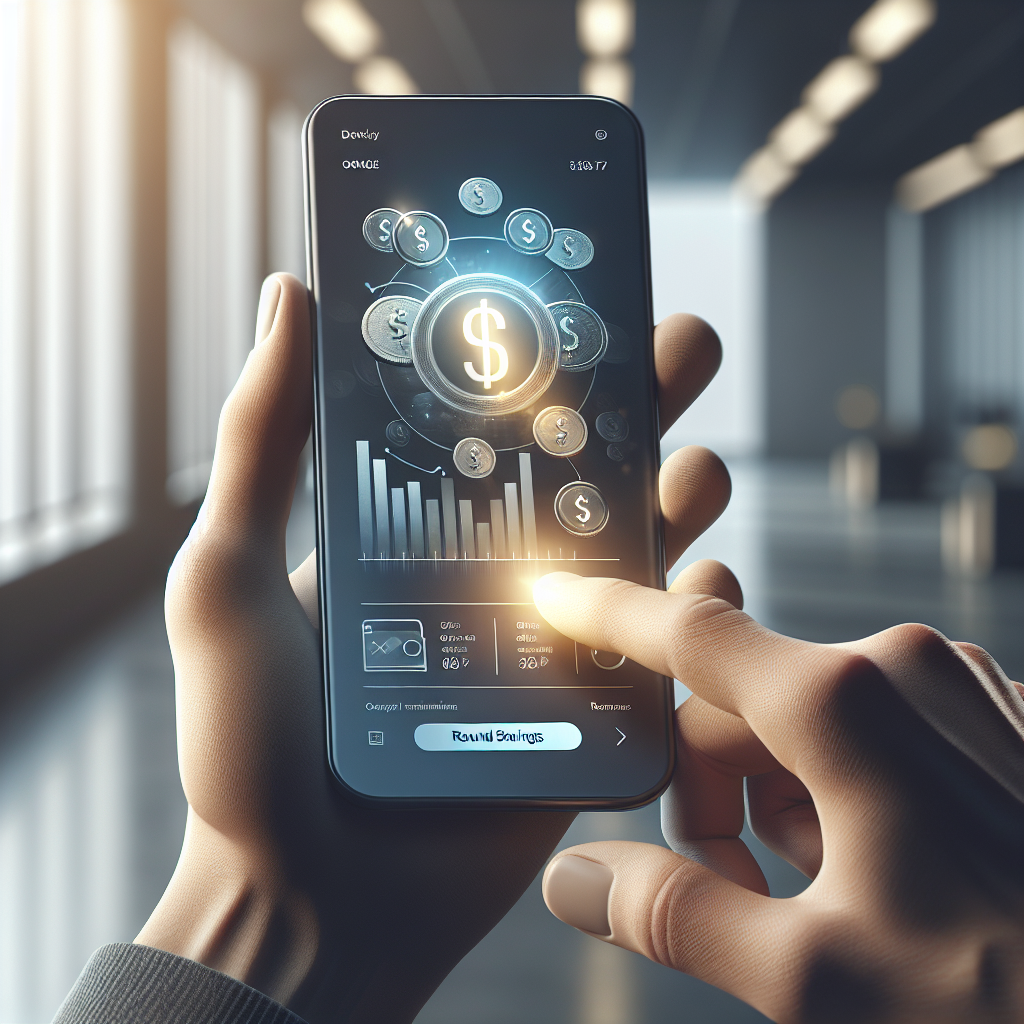
Implementing effective round savings strategies can significantly enhance your financial management. Here are some practical steps to get started:
1. Choose the Right Platform: The first step is to select a reliable fintech platform that supports round savings. Look for features such as ease of use, security, and integration with your existing bank accounts. Vala, for instance, offers a comprehensive solution tailored to meet these needs.
2. Set Up Automatic Round-Ups: Once you’ve chosen your platform, set up automatic round-ups for your transactions. This typically involves linking your bank account and enabling the round-up feature. Each transaction will then be rounded up to the nearest dollar, and the difference will be transferred to your savings.
3. Customize Your Savings Goals: Personalize your savings by setting specific goals. Whether you’re saving for an emergency fund, a vacation, or a major purchase, having clear objectives can keep you motivated. Most platforms allow you to allocate round savings towards multiple goals, ensuring a balanced approach.
4. Monitor and Adjust: Regularly monitor your savings progress and adjust your settings as needed. If you find that the round-up amounts are too small or too large, most platforms offer flexibility to customize the rounding rules. This ensures that your savings strategy remains aligned with your financial situation.
5. Combine with Other Savings Methods: Enhance the effectiveness of your round savings by combining it with other savings methods. For example, you can set up automatic transfers to a high-yield savings account or invest the accumulated savings in a diversified portfolio. This multi-faceted approach can accelerate your financial growth.
By implementing these round savings strategies, you can make saving a seamless and automated part of your daily routine. The key is to stay consistent and adaptable, ensuring that your savings efforts are both manageable and effective.
Tools And Apps For Round Savings

In today’s digital age, numerous tools and apps can assist you in optimizing your round savings. These platforms not only automate the savings process but also provide insightful analytics to help you stay on track. Here are some of the top tools and apps you should consider:
1. Vala: Vala is a comprehensive savings management platform that excels in round savings. It offers seamless integration with your bank accounts, personalized savings goals, and robust security features. Vala’s user-friendly interface ensures that you can effortlessly manage and monitor your savings.
2. Acorns: Acorns is a popular app that rounds up your purchases to the nearest dollar and invests the spare change. This app is ideal for those looking to combine savings with investment opportunities. With Acorns, you can choose from various investment portfolios based on your risk tolerance.
3. Chime: Chime is a neobank that offers a round-up feature known as ‘Save When You Spend.’ Every purchase made with your Chime debit card is rounded up and the difference is transferred to your Chime Savings Account. This tool is perfect for those who prefer banking and saving within the same platform.
4. Qapital: Qapital allows users to set custom savings rules, including round-ups. The app’s flexibility in creating rules tied to your spending habits makes it a powerful tool for achieving specific financial goals. Qapital also offers features like goal-based savings and personal finance education.
5. Simple: Simple is another neobank that provides round-up savings through its ‘Goals’ feature. Users can set various savings goals and allocate their round-ups accordingly. The app also offers budgeting tools to help you manage your finances more effectively.
These tools and apps are designed to make saving money effortless and automatic. By leveraging technology, you can optimize your round savings and achieve your financial goals more efficiently. Choose a platform that aligns with your financial habits and goals to get the most out of your savings strategy.
Tips For Maximizing Round Savings
To get the most out of your round savings strategy, it’s essential to adopt a few best practices. Here are some valuable tips to help you maximize your round savings:
1. Combine Round Savings with Budgeting: While round savings can accumulate over time, pairing it with a well-structured budget can amplify your savings. Use budgeting tools to track your income and expenses, and allocate a portion of your budget to savings.
2. Set Specific Savings Goals: Define clear and achievable savings goals such as an emergency fund, a vacation, or a down payment for a house. Having a target in mind can motivate you to save more consistently and diligently.
3. Increase Round-Up Amounts: Some apps allow you to multiply your round-ups. For example, if your purchase is $4.50, rounding up to $5.00 saves you $0.50. By multiplying this amount, you can save $1.00 or even $2.00 per transaction, accelerating your savings growth.
4. Automate Transfers: Automating transfers into your savings account ensures that you never miss an opportunity to save. Set up recurring transfers that complement your round-ups to boost your savings without extra effort.
5. Monitor and Adjust: Regularly review your savings progress and adjust your strategies as needed. Make use of the analytics and insights provided by your savings apps to identify areas for improvement and celebrate your milestones.
6. Leverage Cash Back Rewards: Some financial tools offer cashback rewards on purchases. Combine these rewards with your round savings to maximize the amount you save on every transaction.
By implementing these tips, you can make your round savings strategy more effective and reach your financial goals faster. Remember, the key to successful saving is consistency and making use of the right tools and strategies.
Ready to take control of your finances and experience effortless savings?Download Vala today and start managing your budget with ease!
